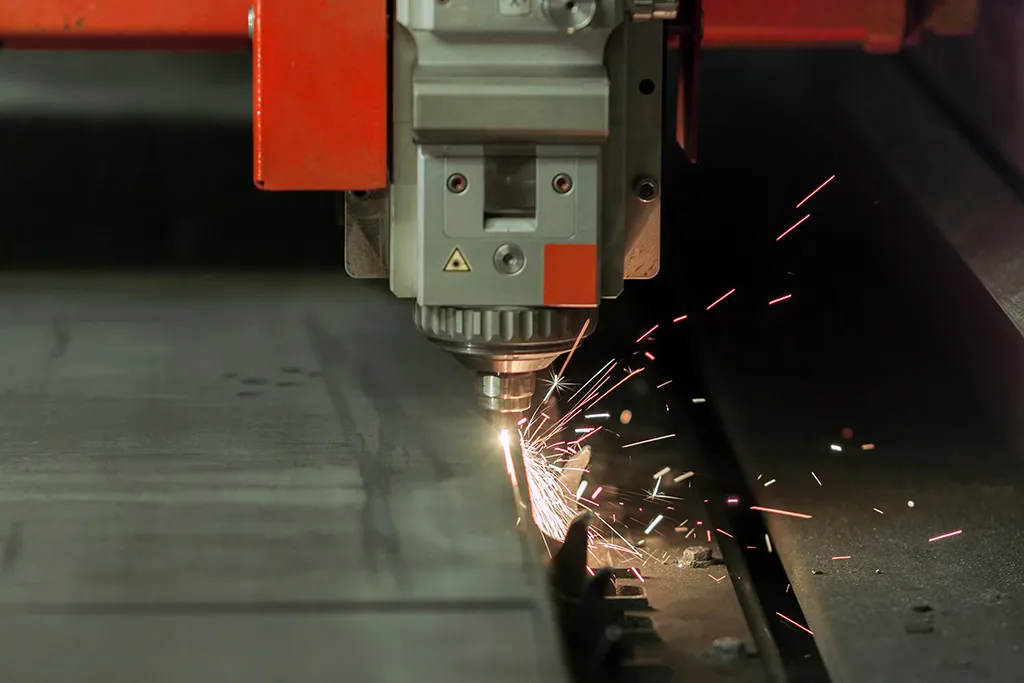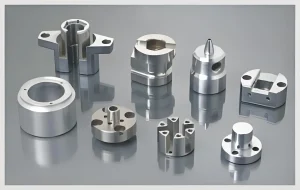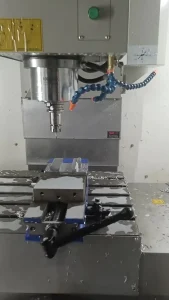Sheet metal processing is a crucial process in manufacturing, where flat metal sheets are transformed into functional parts and products. The process involves several key stages, each designed to prepare, shape, and assemble the metal. In this article, the step-by-step process of sheet metal fabrication will be explained, with a focus on the importance of each stage.

1. Designing: The Blueprint Stage
The first step in sheet metal processing is the designing stage. At this point, detailed blueprints or CAD (Computer-Aided Design) models of the desired part are created by engineers or designers. These digital designs are essential, as they provide precise measurements and specifications. Consequently, the final product is ensured to meet the project’s requirements.
This stage is critical because it allows manufacturers to carefully plan for material usage, cutting paths, and assembly methods. Without a proper design, costly errors or delays may occur later in the process.
2. Cutting: Sizing the Metal
Once the design is complete, the metal moves to the cutting stage. Here, large metal sheets are cut down into the required sizes and shapes. Depending on the material’s thickness and the complexity of the cut, several cutting methods are used:
- Laser Cutting: Known for its precision, laser cutting is often used for intricate shapes.
- Plasma Cutting: This method is fast and efficient, especially for thicker metals.
- Shearing: Shearing is a simple method used for straight cuts on thin metal sheets.
At this stage, the metal is carefully sized to ensure it fits the specifications for further processing, making this step essential in preparing the material for the next phase.
3. Bending: Forming the Metal
After the metal has been cut, the next step is bending. During this stage, the flat metal sheet is formed into specific angles or curves, typically using a press brake. Force is applied to bend the metal into the desired shape.
Bending is critical in creating products with specific edges, such as enclosures, panels, or brackets. As a result, the precision of the bends ensures that parts will fit together properly in the assembly stage.
4. Assembling: Joining the Parts
Once the metal has been cut and bent, it is ready for assembly. In this stage, the different metal pieces are joined to form a complete product. Several assembly methods are commonly used:
- Welding: The edges of two metal parts are melted and fused together.
- Riveting: Metal fasteners are inserted to join sheets without heat.
- Fastening: Screws, bolts, or nuts are used to hold metal parts together.
This stage is particularly important because it determines the structural integrity of the product. Thus, proper assembly ensures that the final product is strong and durable.
5. Finishing: Adding the Final Touch
After the assembly, the product goes through finishing, which is the final step in the fabrication process. Finishing techniques are applied to the surface of the metal, improving its appearance and durability. Various finishing methods are used, depending on the product’s intended use:
- Polishing: This method gives the metal a smooth and shiny surface.
- Powder Coating: A protective layer is applied to prevent corrosion and add color.
- Anodizing: The metal is strengthened and its resistance to rust is improved.
The finishing stage is crucial because it not only enhances the product’s visual appeal but also prepares it for different environmental conditions, particularly when moisture or extreme temperatures are involved.
6. Quality Control: Ensuring Perfection
Before the product is considered complete, it must go through quality control. During this final stage, all fabricated parts are inspected for accuracy, strength, and appearance. Any defects or errors are identified and corrected to ensure the product meets the necessary standards.
As a result, quality control guarantees that the final product is reliable and ready for its intended use.
Conclusion
The sheet metal processing process involves a series of critical steps, including designing, cutting, bending, assembling, finishing, and quality control. Each stage plays a vital role in transforming raw metal into high-quality, durable products. Through careful planning and execution, manufacturers ensure that the final product meets the required specifications for both functionality and appearance. With precision and care applied at every step, the reliability and longevity of the product are guaranteed.






